Roku Blinking White Light? 6 Proven Fixes Inside!
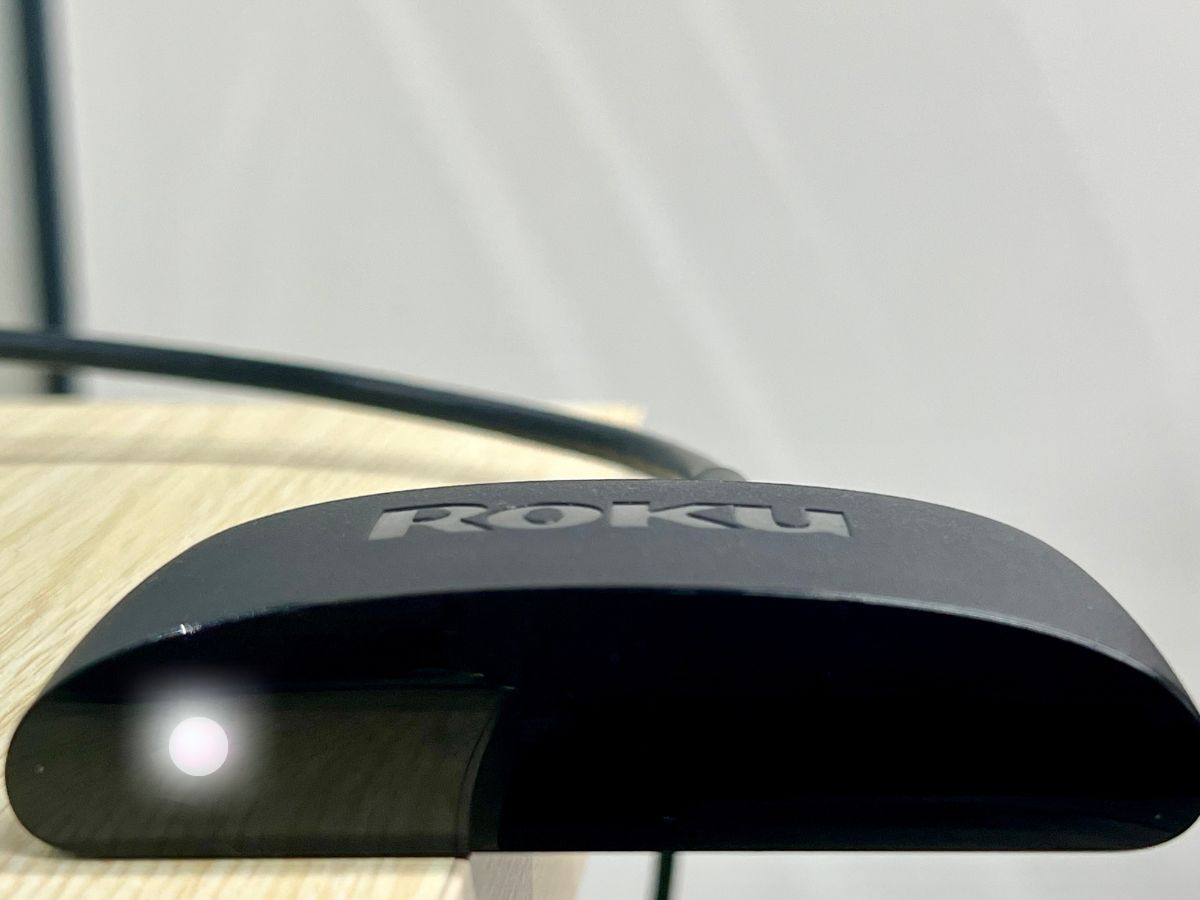
- A blinking white light on a Roku player signifies various issues, such as system bugs, connectivity problems, or faulty cables, fixed by power cycling the device and checking HDMI connections.
- Incorrect resolution or frame rates can also cause the white light to blink: Lower your Roku’s resolution to match your TV’s capabilities via Settings > Display type > Select compatible resolution.
- Internet issues may trigger the flashing white light: Ensure your router’s wireless settings are compatible with your Roku (b/g/n), and adjust your router’s channel properly.
Roku players get their fair share of technical issues, and the blinking white LED light is reportedly common among users with Roku players of different models (Ultra, Express, Stick, 3, 4, etc).
For example, in this user’s case, the Roku player’s home screen came on shortly before the screen went black. Next, the indicator LED started blinking white in a one-long-one-short pattern.
Quick Navigation
The Roku player indicates problems or system malfunctions through on-screen messages and indicator lights. Different indicator color codes represent various problems.
For instance, the blinking blue light on Roku signals a problem with poor internet or faulty HDMI connections. Meanwhile, a blinking red light indicates an inadequate power supply.
If you have a blinking white indicator LED, you’re dealing with any of the following possible problems:
- System bugs
- Loose or damaged cables
- Faulty TV or HDMI ports
- Unsupported display resolution or frame rates
- Internet connectivity issues
- Malfunctioning Roku remote
In the next section, we’ll explore possible solutions to this problem.
1. Simple Solutions to Try First
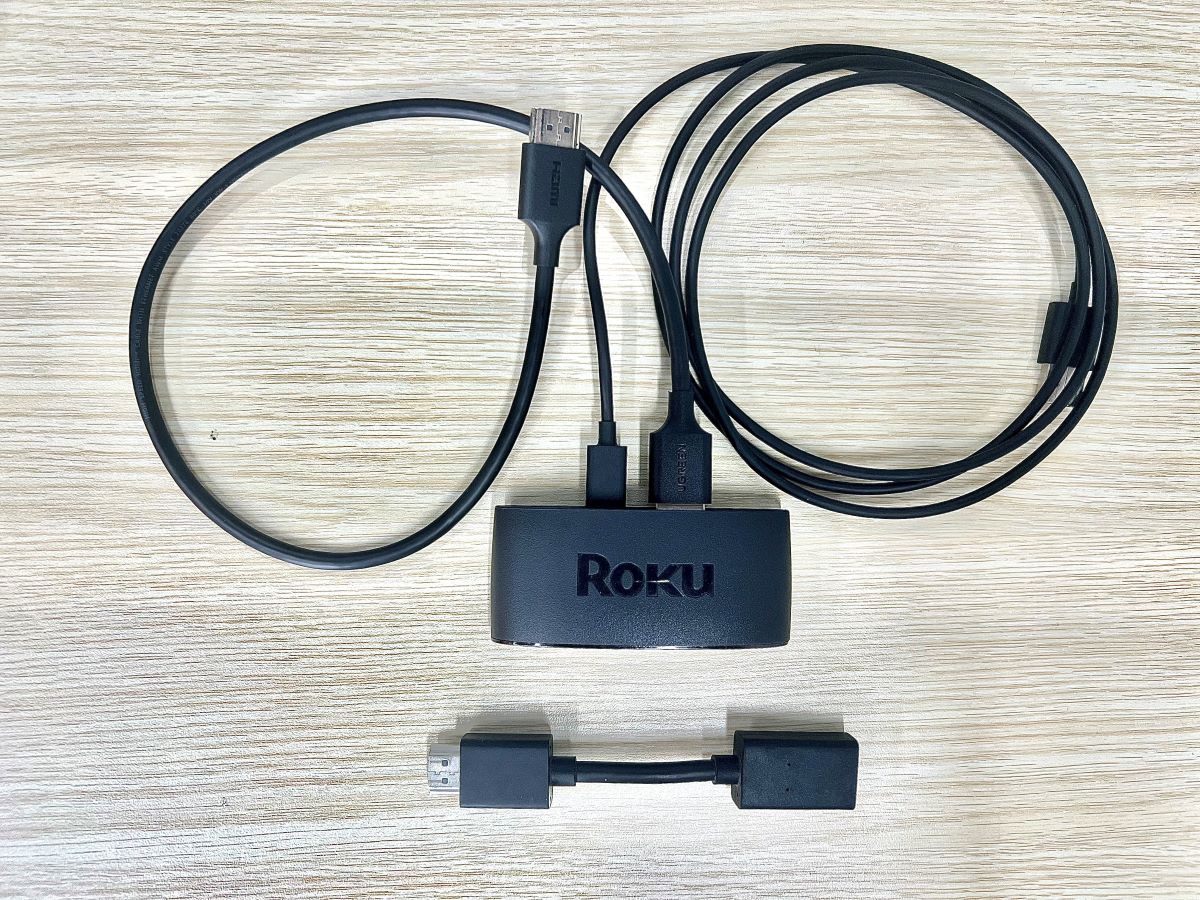
Sometimes, indicator LEDs show you’re dealing with simple system glitches. Before we move onto complex solutions, try the quick fixes below:
1. A power cycle (soft reset)
This has proven to help Roku devices cool off, and get rid of minor system bugs.
Unplug your Roku player from the power supply and disconnect it from the TV. Let it sit for 30 seconds (at least), then plug everything back in again. Do this for both your Roku player and TV.
2. Get rid of HDMI Extender
If you use Roku stick streamers, plug your Roku directly into the TV’s HDMI port. Faulty HDMI extension cables can interfere with signal transmission.
3. Switch HDMI port
There may be a problem with the HDMI port on your TV or Roku player. Most modern TVs have multiple HDMI input ports, so switch between other ports on your TV to see if they work.
4. Replace your HDMI cable
HDMI cables malfunction either as a result of factory error or careless handling. If your Roku player uses an HDMI cable, try switching the two ends.
You can also change your HDMI cable and see if the connection works better.
2. Lower Resolution and Frame Rate
Roku streaming devices support various HD resolutions, from 720p and 1080p to 4K —depending on the capabilities of specific player models. If your Roku player is set to a resolution that the connected display cannot output, you might get the blinking white indicator.
If you’ve recently switched display devices or changed your resolution settings, this might be the problem.
Change the player’s resolution to one that your TV supports. Since your screen is unresponsive, you’ll need to connect to another TV or monitor to navigate menu options.
Follow the steps below:
- Connect your Roku player to a different display device.
- Press the Home button and go to Settings.
- Select Display type.
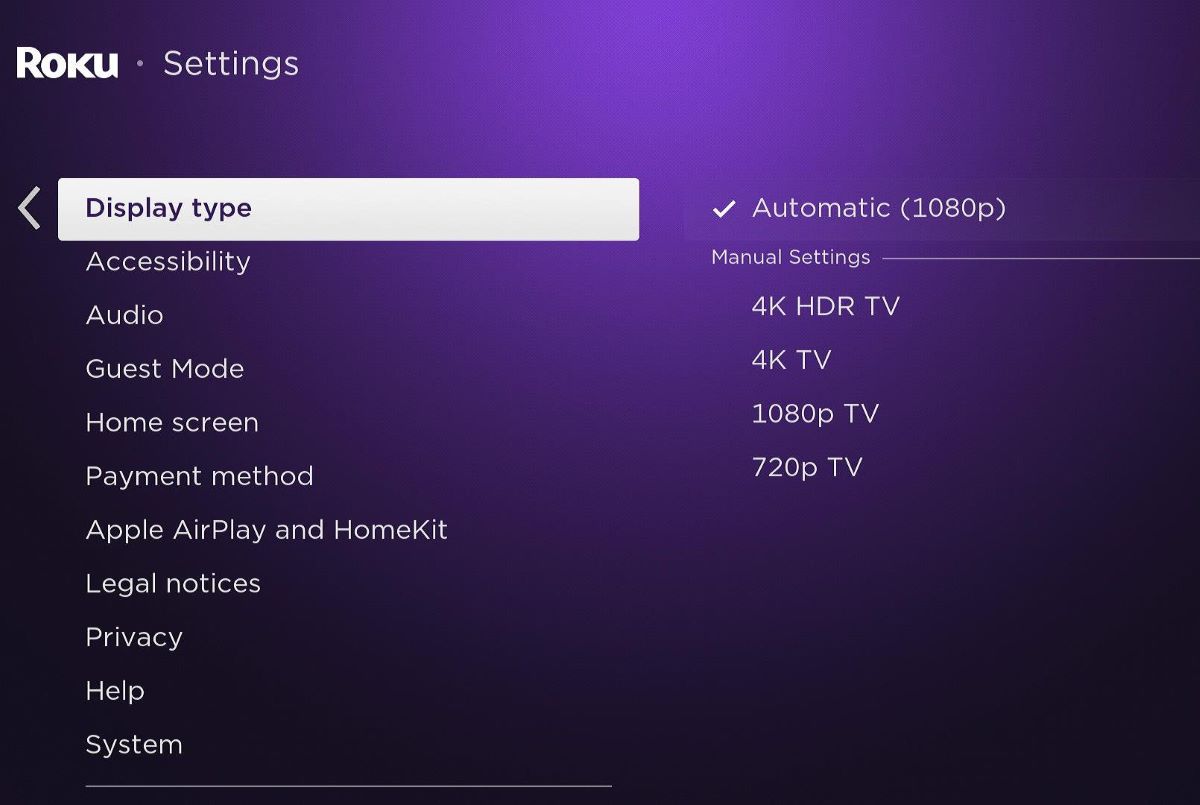
- Select a resolution compatible with your intended TV (or select the “Automatic” option).
- Reconnect your Roku to the intended TV.
NOTE: Find out the resolutions and refresh rates that your TV supports to determine which resolution to set your Roku player to.
If you don’t have a secondary display screen, you can do a factory reset to change the resolution settings back to default —which analyzes and adapts to the resolution of your TV.
3. Switch to b/g/n Wireless Settings
Different Roku player models support different Wi-Fi standards. There’s “b” (the oldest Wi-Fi standard), which all Roku players can connect to, and there’s “g” and “n” (newer wireless communication standards that only later Roku models support).
The connection settings on routers allow for either b/g/n or g/n. The former allows for compatibility with older devices, while the latter prioritizes network speed.
Router settings may change from b/g/n to g/n after an update. Like with this user, if your Roku device only supports the “b” standard, a g/n setting will seize connectivity and trigger the blinking white light.
Follow the steps below to check your router’s connection settings and change it to b/g/n.
- Log into your router’s admin — use the information located on the back of the router.
- Click on the wireless settings. The specific name varies across routers, so look for either “Mode,” “Wireless mode,” or “802.11 modes.”
- Set it to b/g/n. If there’s an option to “Disable 11b” standard, uncheck the box.
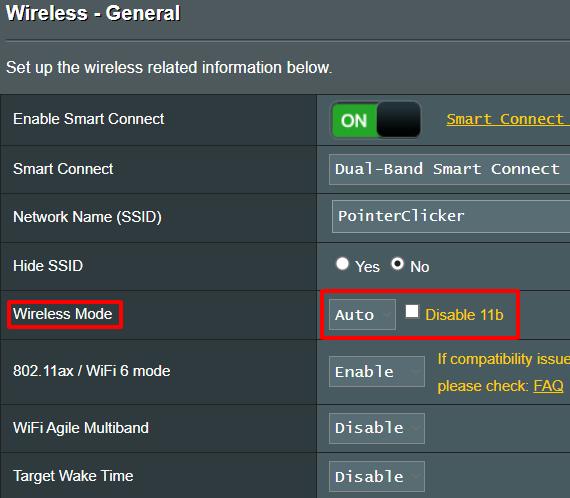
NOTE: The steps to changing wireless settings may vary for different routers. Visit your manufacturer’s website to get the guide specific to your router.
4. Change Your Router’s Channel
All Wi-Fi routers operate on 2.4 GHz, and some operate on both 2.4 and 5 GHz network bands. Some Roku devices only support 2.4 GHz and can’t connect to routers on the 5 GHz network.
This incompatibility results in connectivity issues that can trigger the blinking white indicator. Your solution is to find out what frequency bands are compatible with your Roku device and switch dual-band routers to the 2.4 GHz band where necessary.
Also, within each network band, there are various channels, and compatibility varies there too. The guide below includes recommended channels for both 2.4 GHz or 5 GHz frequency bands.
Steps to verify your network band and switch channels:
- Log into your router’s settings via the web browser using the router’s IP address.
- Select “Network Settings.”
- Navigate to the 2.4 GHz or 5 GHz Wi-Fi settings and enable your preferred band.
- Check which channel your band is currently using.
- If you’re on the 2.4GHz band, ensure it operates on channels 1 to 11.
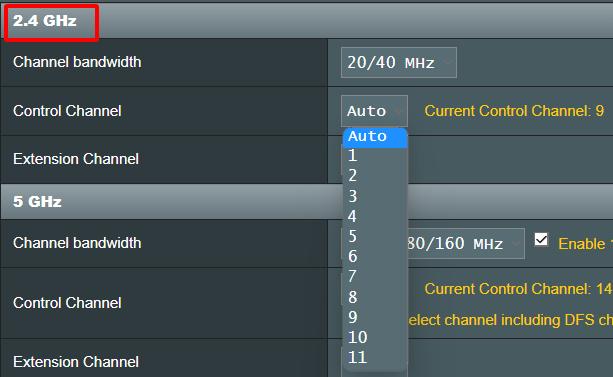
- If you are on the 5 GHz band, choose from these 10 non-overlapping channels: 36, 40, 44, 48, 149, 153, 157, 161, or 165 (non-DFS channels).

- Select “save” or “apply.”
5. Replace Your Roku Remote
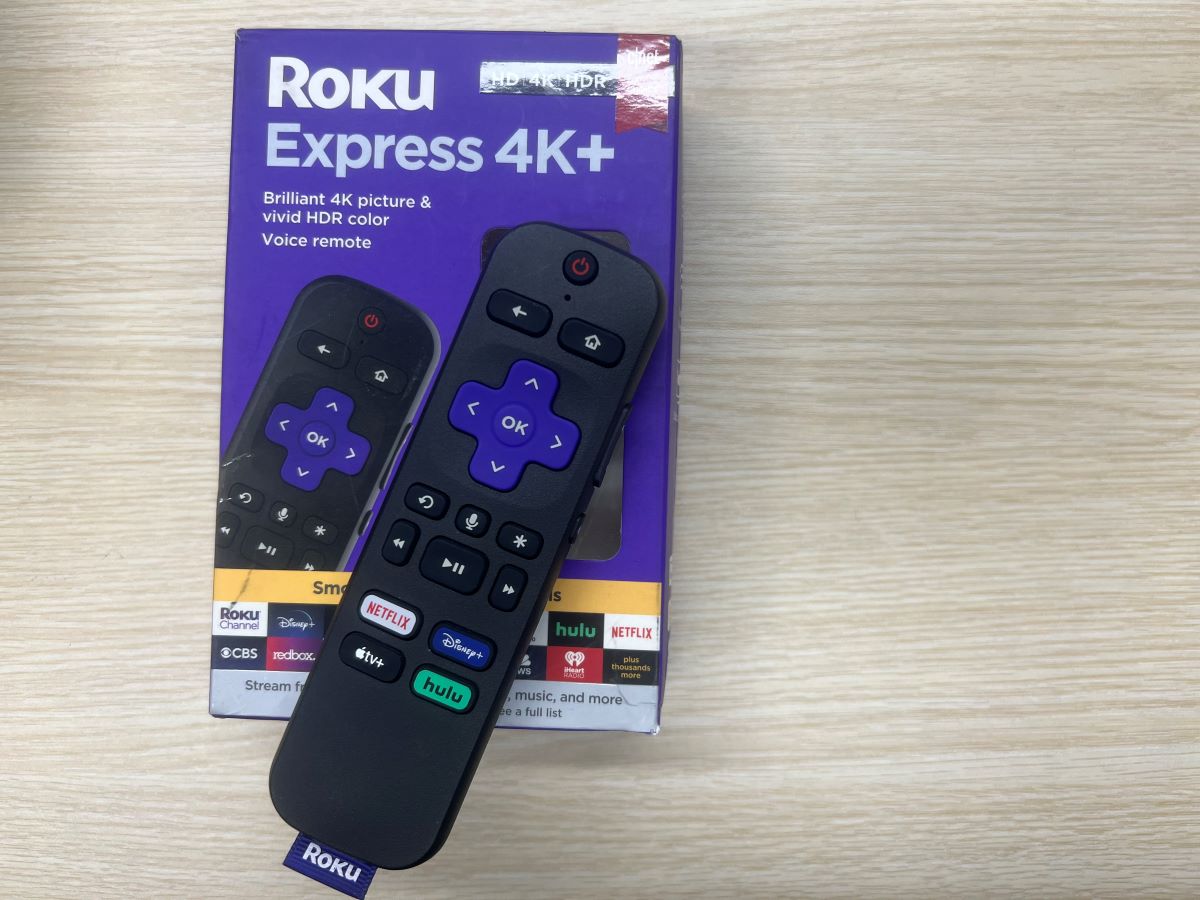
The Roku remote controller is essential for navigating the Roku device interface.
And since Roku remotes are Wi-Fi remotes, if your remote is defective, it can trigger the blinking white light like with this user.
If you suspect that your batteries are running out of juice, replace them. Weak or dead batteries can cause your remote to be unresponsive and appear defective.
If changing the batteries doesn’t help, try cleaning the remote and you can purchase a new remote if the issue persists.
6. Contact Roku’s Technical Team
If the aforementioned fixes fail you, we recommend you seek assistance from Roku’s technical support team.
You can contact the team through the website live chat, email support, or their social media pages.
NOTE: Please have your Roku device’s model and serial number handy; also note down any error messages you may have received before contacting Roku’s technical team.
Conclusion
Released in 2008, Roku gives users an extensive array of streaming channels and has found its way into 71.6 million homes worldwide. With its popularity has come a demand for solutions to several issues that users may face.
The issue of a blinking white indicator light requires a systematic approach. Start with simple solutions like checking the network connection, power cycling the Roku device, etc, before moving on to more complex solutions.
If you have gone through the solutions in our guide and your white indicator LED continues to blink, contact Roku’s technical team.
Gabriella ‘Diogo is a technical writer with a vested interest in tech hardware and equipment. She shares her knowledge and processes in an easy-to-grasp, lighthearted style. When she’s not testing or researching device performance, you’ll find her writing short stories or rewatching episodes of her favorite sitcoms.


